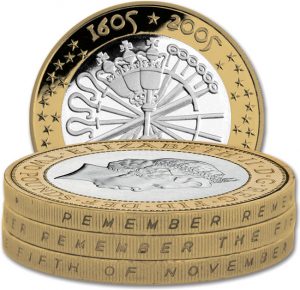
The 5th century BC Athenian tetradrachm ("four drachmae") coin was perhaps the most widely used coin in the Greek world before the time of Alexander the Great (along with the Corinthian stater). 21:12 and parallels) exchanged Tyrian shekels for common Roman currency. The money changers referenced in the New Testament Gospels (Matt.

Because Roman coinage was only 80% silver, the purer (94% or more) Tyrian shekels were required to pay the temple tax in Jerusalem. The Tyrian shekel weighed four Athenian drachmas, about 14 grams, more than earlier 11-gram Israeli shekels, but was regarded as the equivalent for religious duties at that time. At spot valuation of $28/ozt in 2021, 30 "pieces of silver" would be worth approximately $91 to $441 in present-day value (USD) depending on which coin was used. Alternatively, they could have been Ptolemaic tetradrachms (13.5 ± 1 g of 25% silver). They could have been tetradrachms of Tyre, usually referred to as Tyrian shekels (14 grams of 94% silver), or staters from Antioch (15 grams of 75% silver), which bore the head of Augustus. Donald Wiseman suggests two possibilities. The word used in Matthew 26:15 (ἀργύρια, argyria) simply means "silver coins", and scholars disagree on the type of coins that would have been used.

Types of coin Ī Tyrian shekel, another possibility for the type of coin involved.

Ī different account of the death of Judas is given in the Book of Acts 1:17–20 in it, Peter is quoted as saying: "With the payment he received for his wickedness, Judas bought a field there he fell headlong, his body burst open and all his intestines spilled out." Although the Gospel of Luke, which is commonly thought to have been written by the same author as Acts, mentions in 22:3–6 that Judas and the chief priests and temple guard officers agreed on a price, the amount is not specified, nor is the money paid up front as in Matthew. The chief priests decided that they could not put it into the temple treasury as it was considered blood money, and so with it they bought the Potter's Field. Īccording to Chapter 27 of Matthew's gospel, Judas was filled with remorse and returned the money to the chief priests before hanging himself. Jesus was then arrested in Gethsemane, where Judas revealed Jesus' identity to the soldiers by giving him a kiss. Before the Last Supper, Judas went to the chief priests and agreed to hand over Jesus in exchange for 30 silver coins.

The phrase is used in literature and common speech to refer to people " selling out", compromising a trust, friendship, or loyalty for personal gain.Īccording to the Gospel of Matthew, Judas Iscariot was a disciple of Jesus. The image has often been used in artwork depicting the Passion of Christ. The Gospel of Matthew claims that the subsequent purchase of the Potter's field was fulfilment, by Jesus, of a prophecy of Zechariah. Before the Last Supper, Judas is said to have gone to the chief priests and agreed to hand over Jesus in exchange for 30 silver coins, and to have attempted to return the money afterwards, filled with remorse. Thirty pieces of silver was the price for which Judas Iscariot betrayed Jesus, according to an account in the Gospel of Matthew 26:15 in the New Testament. Judas receiving thirty pieces of silver for betraying Jesus, by János Pentelei Molnár, 1909.


 0 kommentar(er)
0 kommentar(er)
